The Big Pink
A former criminologist focuses on the lighter side of Los Angeles. Oil paintings of the city’s shops, streets, and people, with a particular focus on a single bright pink store.
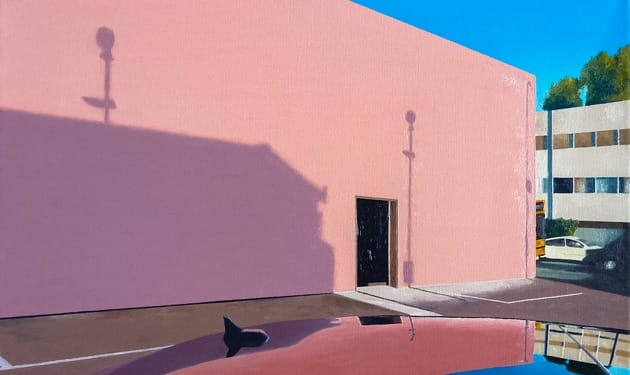
Interview by Rosecrans Baldwin
The Morning News: You worked as an academic criminologist—were you an artist all along?
John Tierney: The world of academic criminology, along with all the other routines of life, left relatively little time for painting. Over the years I had occasional bursts of activity when spaces opened up. I also continued to try and keep an eye on developments in contemporary art. Retirement three years ago provided an opportunity to pursue my painting on a full-time basis. This obviously had a significant impact on my artistic life. Continue reading ↓
John Tierney is represented by The Horsebox Gallery & The Osborne Studio Gallery, London. Select works are also available directly from Saatchi Online. All images used with permission, copyright © the artist, all rights reserved.
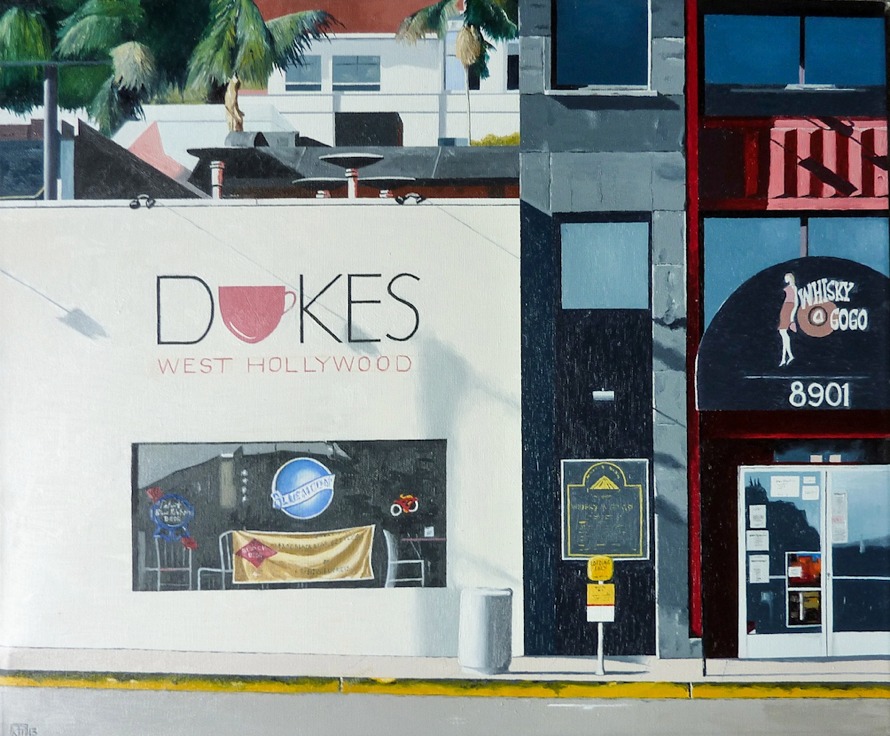
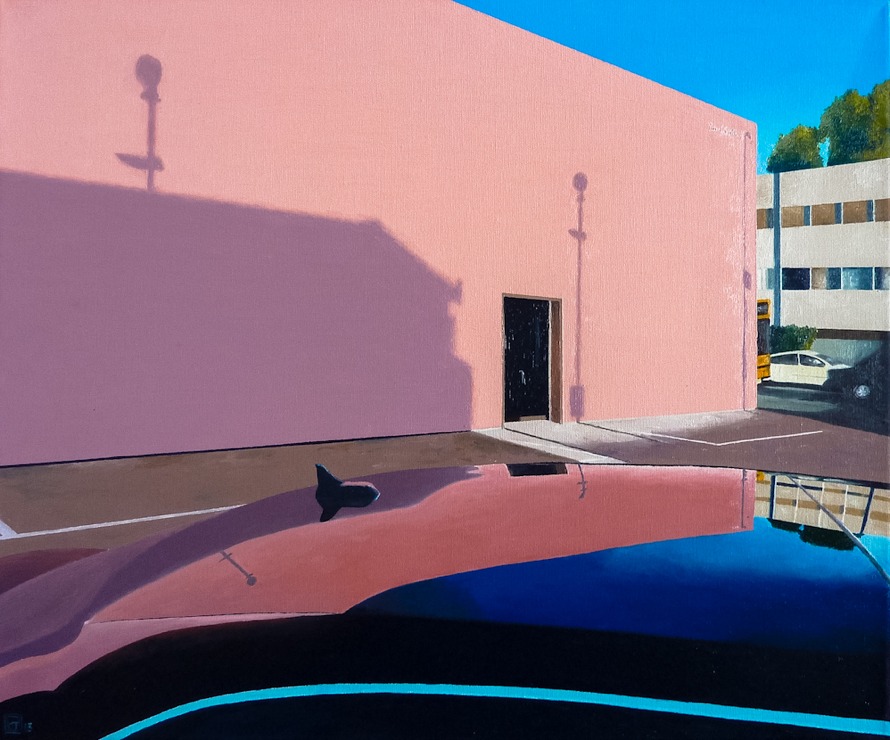
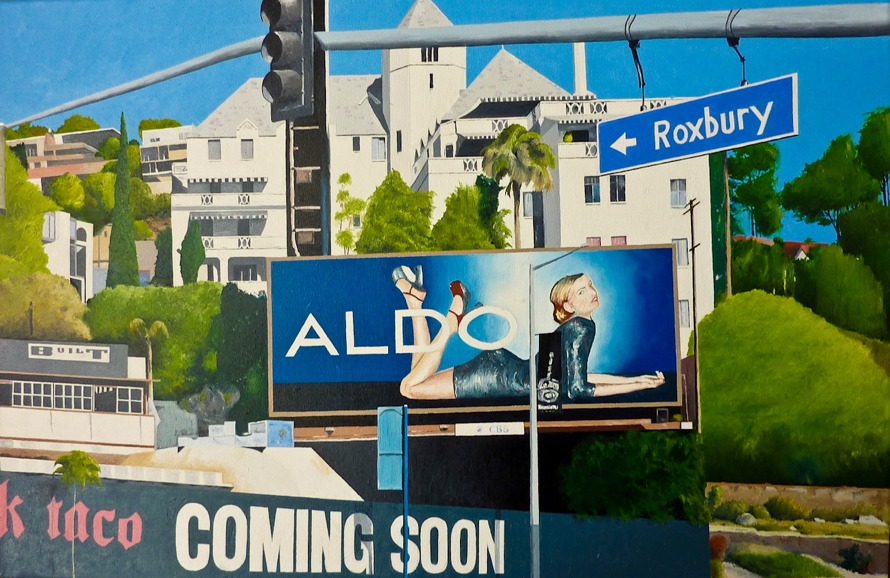
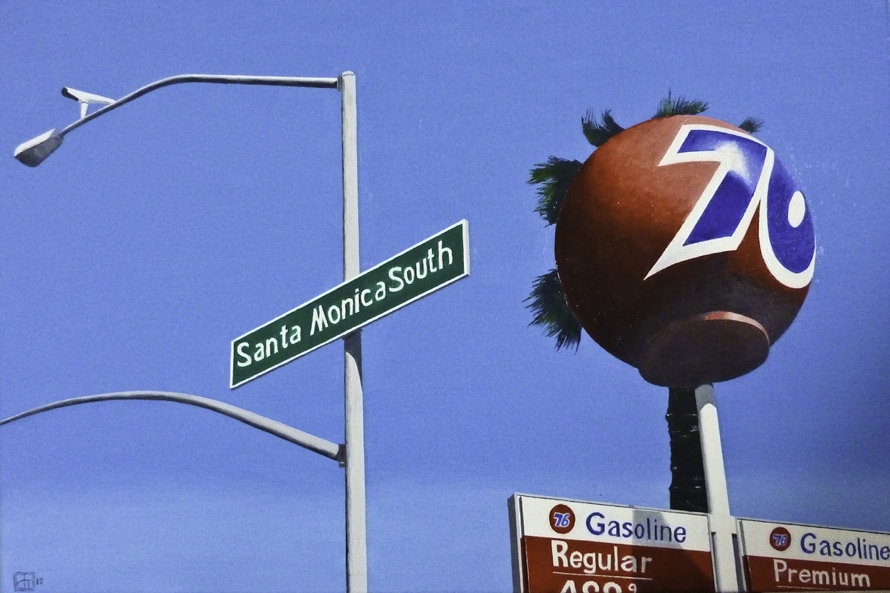

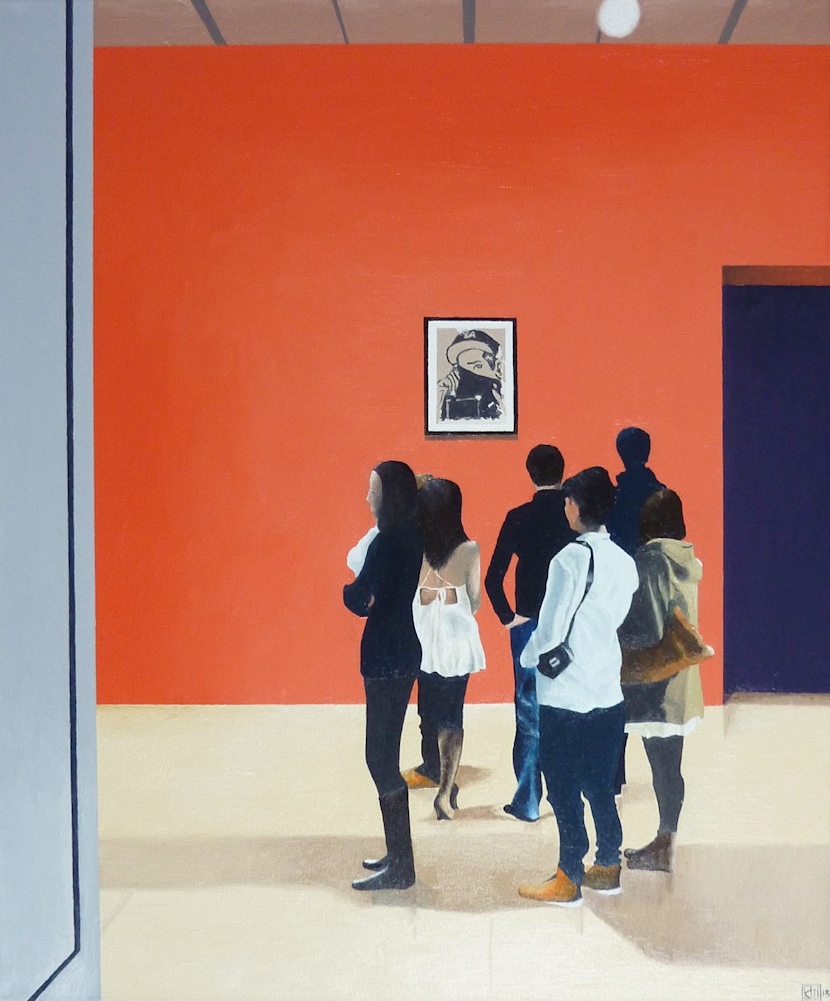
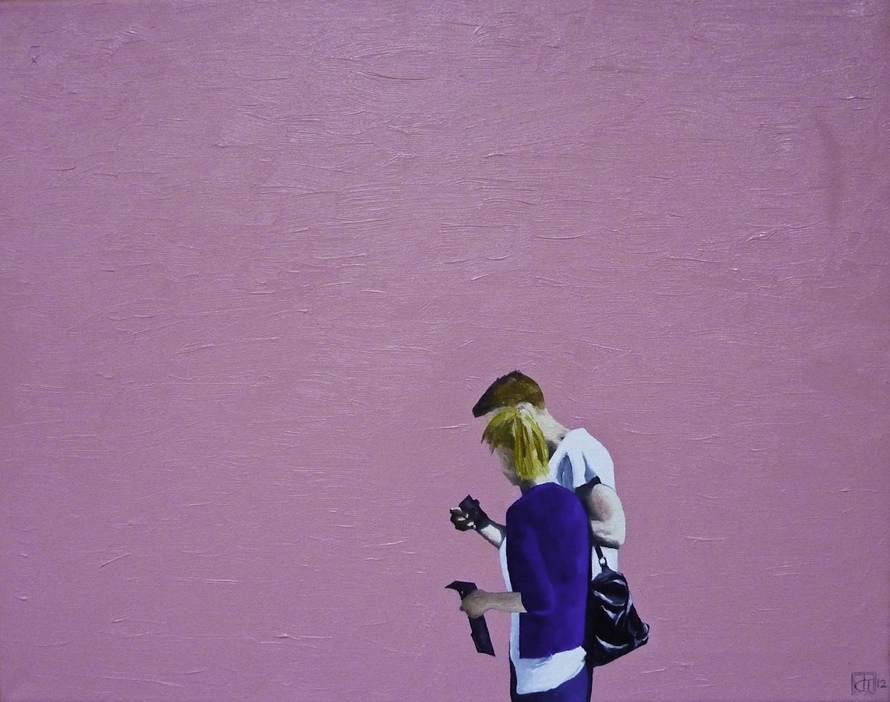
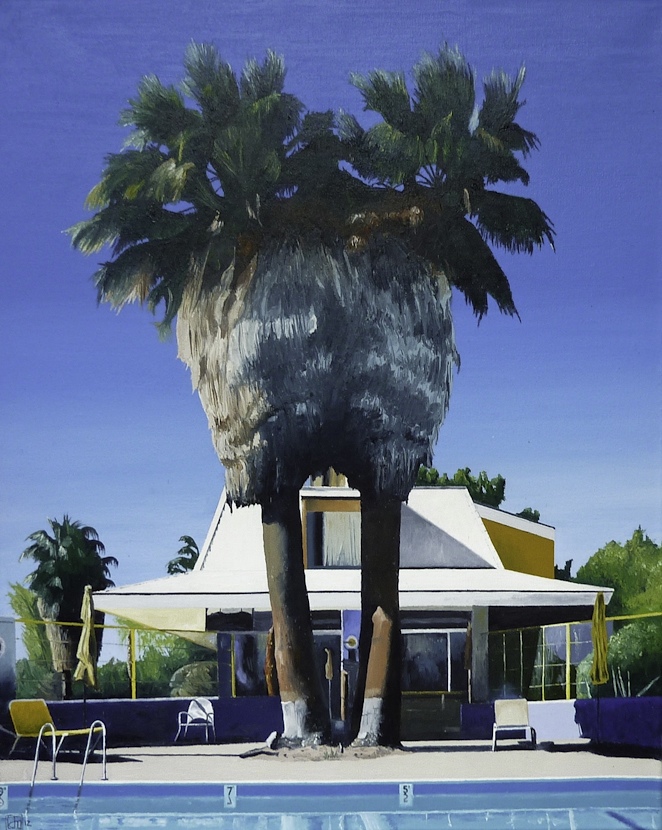
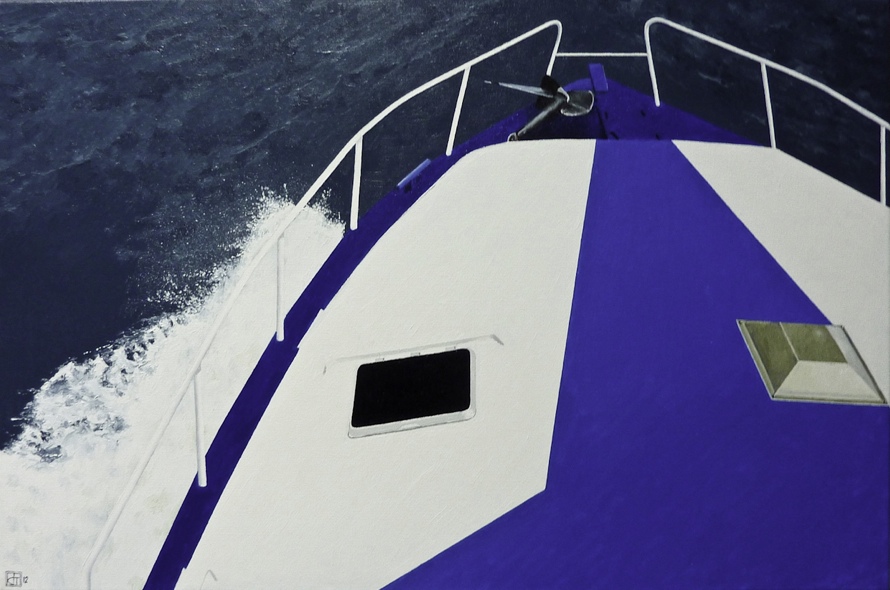
Interview continued
TMN: You’ve got a whole series focused on a Paul Smith store. What’s the draw?
JT: The LA store has become an iconic building. I was drawn to its striking architectural qualities—its shape, color, and sharp lines.
TMN: What brought you to LA in the first place?
JT: One of my sons moved to LA in 2003. I get over from England, where I live, quite often.
TMN: What kind of light do you like to have around the house?
JT: When painting I try and get as much natural light as possible. I’m fortunate I that I have a large French widow in my studio.
TMN: When does a painting start for you?
JT: I use photographs as the raw source material for my paintings. Thus, given that I’m on the lookout for suitable images, I suppose a painting starts when I take a photograph.
TMN: When was the last time you were confused by a piece of art?
JT: One implication here is that there’s a fairly simple relationship between “confusion” and “appreciating” and therefore “liking” or “valuing” a particular painting. However, the relationship is far from simple, in that it involves subjective intention and interpretation, along with complex cultural and social contexts and processes. One may be, wittingly or unwittingly, confused and yet still like or value a painting. Alternatively, the fact one’s understanding is largely congruent with that of the painter’s is no guarantee that the painting will be liked or valued. In reality, though, it is probably impossible for a viewer to grasp, in an absolute sense, all the depths and shades of meaning attached to a painting.
TMN: Favorite Los Angeles neighborhoods for things to see (for art)?
JT: In LA, West Hollywood. In New York, Brooklyn. In Helsinki (where another son lives), around the harbor.
TMN: Do you nap?
JT: No.
TMN: Frank Lloyd Wright reportedly said, “Tip the world over on its side and everything loose will land in Los Angeles.”
JT: He’s obviously never been to Durham (the one in the UK).
